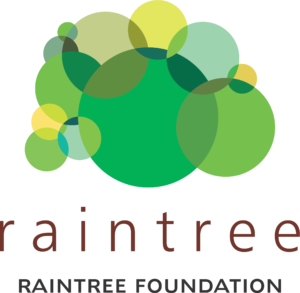Knowledge Centre
January 2025
Watershed Ecology: An example of equity among natural ecosystems!
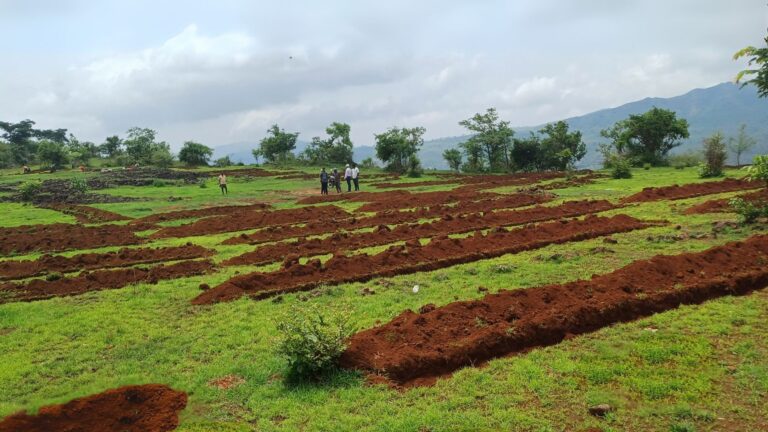
Background
Global climate change and intense human activities have significantly disrupted natural eco-hydrological processes in watersheds of various scales. These changes threaten human society and ecosystems by increasing the frequency of extreme weather events, affecting water quality, and reducing biodiversity and ecosystem stability. Moreover, the relationships between social and economic activity and natural eco-hydrological processes are very complex. This makes it crucial to approach watershed management from a systems perspective, ensuring sustainability and balanced outcomes for both nature and human communities (Yang, 2018).
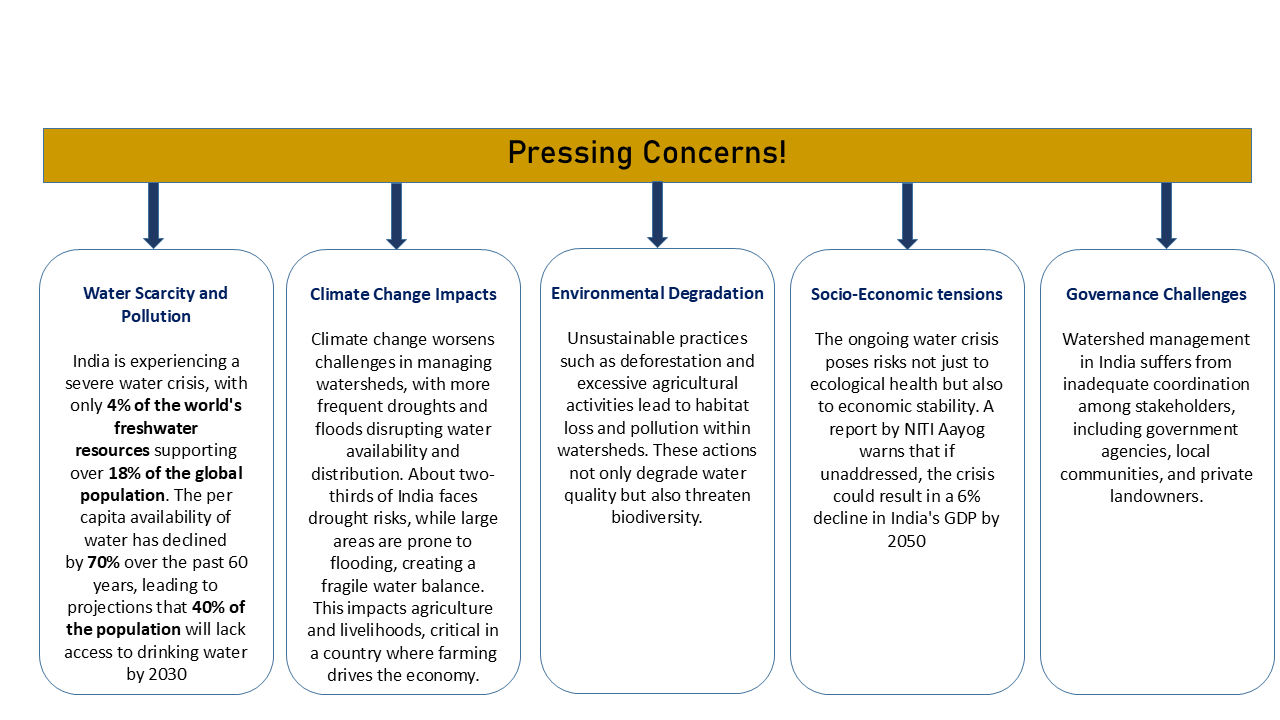
What is Watershed Ecology?
Watershed ecology is a critical field of study that focuses on the interactions between biotic (living) and abiotic (non-living) components within a watershed, which is defined as an area of land that drains water, sediment, and dissolved materials to a common outlet, such as a river or lake. Understanding watershed ecology is essential for effective watershed management, as it provides insights into how these ecosystems function and how they can be affected by human activities.
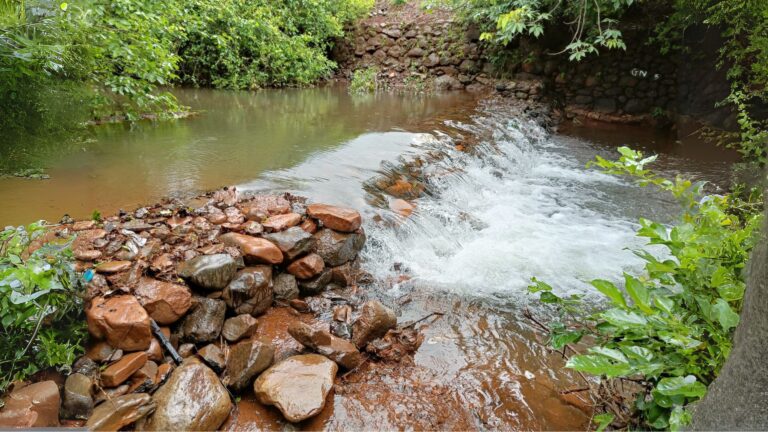
Key Concepts in Watershed Ecology
Watersheds are natural systems made up of parts like headwaters, slopes, valley floors, water bodies, soil, and native plants and animals. These physical and biological components often interact and support natural processes such as rainfall-runoff, groundwater recharge, sediment transport, and plant growth, which provide essential benefits like clean water, soil stability, and biodiversity. Healthy watersheds also absorb stormwater, filter pollutants, and store carbon. However, increasing human footfall and activities like urban development and Chemical-Intensive Farming practices can disrupt these systems. For example, paved surfaces increase runoff and reduce infiltration, while agricultural practices can lead to excess nutrients and sediments in water, causing problems like eutrofication and harm to aquatic life. To protect watersheds, it’s crucial to understand how all these elements are connected and how our actions affect them.

Watershed Ecology for the rescue
Watershed Ecology approach plays a very important role in solving the land, water, and ecological problems. This approach emphasizes on the interconnectedness of Biotic and Abiotic systems within a watershed focusing on sustainable management practices that enhance ecosystem health and resilience.
Healthy watershed provides various ecosystem services, especially regulating and supporting services which eventually ensures the provisioning services that are important for both environmental sustainability and human well-being. Healthy watershed supports key processes like nutrient cycling, which ensures soil fertility and promotes plant growth. They naturally filter pollutants from water, improving its quality and making it safer for use. Additionally, watersheds help control flooding by absorbing excess rainwater and reducing surface runoff. By storing carbon, they also contribute to preventing climate change, highlighting their importance in sustaining ecosystems and supporting life. Watershed management focuses on conserving and restoring natural resources within a watershed through effective strategies. This includes integrated land use planning to balance agricultural, urban, and natural areas, minimizing environmental impact. Engaging local communities in decision-making ensures culturally appropriate and effective practices.

Overall, watershed ecology provides a framework for unlocking the complex interactions between land, water, and ecological systems. By introducing effective watershed management practices, it is possible to address environmental degradation, enhance resilience against climate change, and promote sustainable development. This comprehensive approach not only benefits ecosystems but also supports the livelihoods of communities dependent on these natural resources and ensures the sustainability.
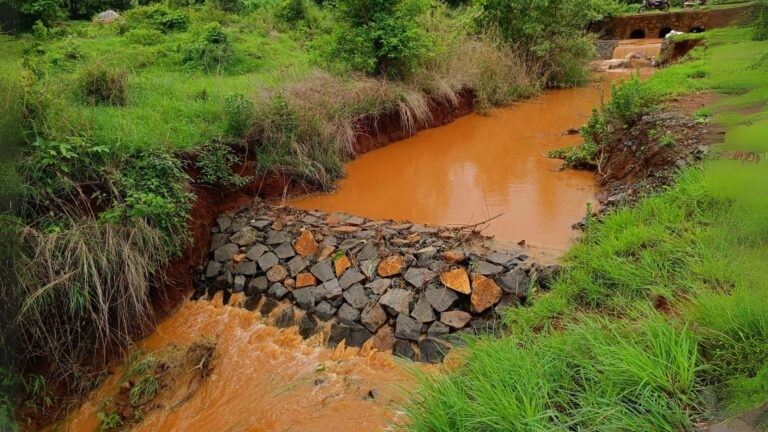
A step towards making the change
Our Watershed Ecology Project in the 2,100-hectare Velhe valley, Pune, addresses climate challenges from increasing rainfall variability, including flooding and dry spells. Key initiatives include soil and water conservation through structures like CCT, LBS, gabions, farm ponds, and desiltation of percolation tanks to enhance groundwater recharge and storage. We assess groundwater and spring water in a cycle to ensure safe drinking water and identify near future risks. The initiative also focuses on biodiversity conservation, habitat restoration, stakeholder training for sustainable watershed management, and establishing a monitoring system to evaluate ecological and socio-economic impacts, ensuring long-term resilience and sustainability.
“Water is the driving force of all nature” – Leonardo da Vinci
Dr. Taufique Warsi
Program Manager – Water Security, Raintree Foundation
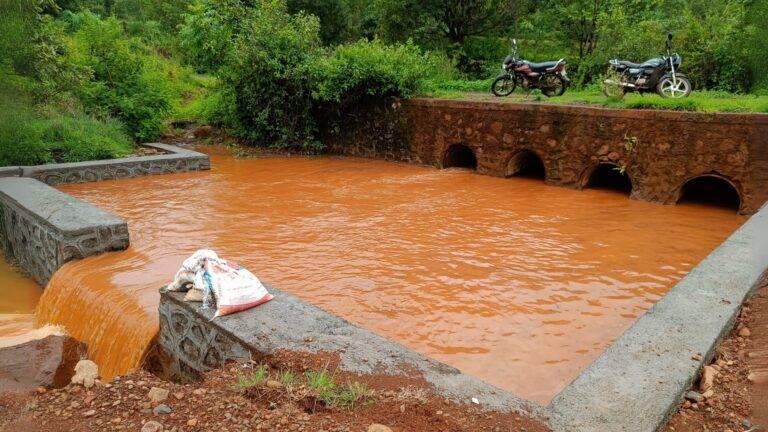
To subscribe to our Newsletter
